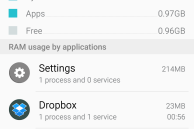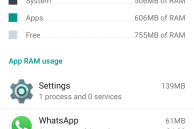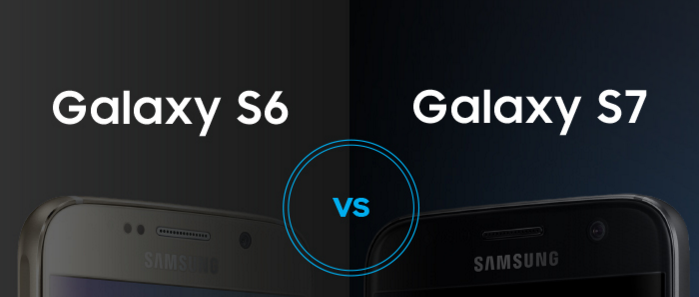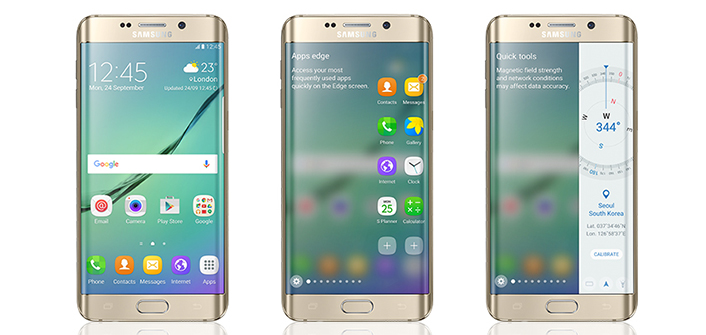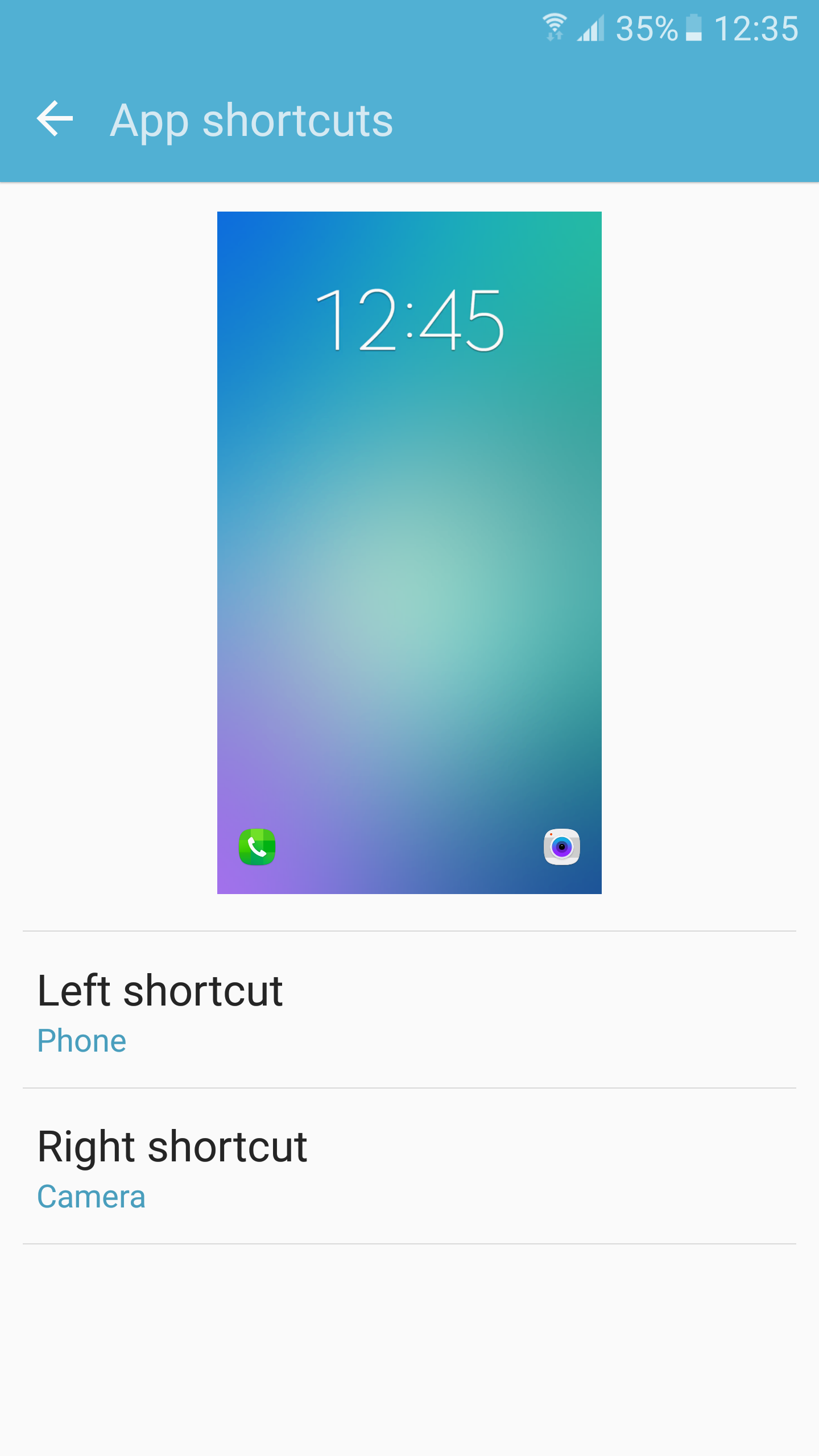The Samsung Galaxy S6 and Galaxy S6 edge have received overwhelmingly positive reviews from almost everyone, and they rightly deserve so. The handsets feature a premium build quality, are packed to the brim with technological advancements, and come with the best camera currently found in a smartphone.
While the battery life of the Galaxy S6 and S6 edge are on the weaker side, the presence of wireless charing and fast charging more than make up for it. Samsung has even fixed TouchWiz to a certain extent on its flagship handset by reducing the number of bloatware and the unneeded features they ship with.
There is little doubt that the Galaxy S6 and Galaxy S6 edge are the best Android phone in the market right now, but I will prefer a phone like the Moto X, OnePlus One or just about any other Android device over it. The reason is not because of their low price or that these handsets run a near stock build Android — far from it, actually.
It is the poor RAM management/memory leak affecting the handset. Despite coming with 3GB RAM and an octa-core chipset based on the 14nm fabrication process, the Moto X or even the 1.5 year old Nexus 5 feels smoother than a Galaxy S6. After a fresh boot and with all my apps installed, the Galaxy S6 has nearly 1GB of free RAM with around 800-900MB of RAM being taken up by the installed apps and the system in itself taking nearly 1GB.
- RAM usage on the Samsung Galaxy S6
- RAM usage on the Moto X with a similar setup
The Moto X 2014, which has 2GB of RAM, has around 700MB of free RAM with a similar setup. Despite the 1GB difference in RAM, the Moto X — running Android 5.1 — feels significantly smoother to use. The RAM management issue on the Galaxy S6 is so bad that jumping between a Chrome tab and another app running will force the Chrome tab to reload. This makes the phone completely useless for any kind of serious browsing or for doing any transactions through a bank’s website.
I have to restart my Galaxy S6 once every 24 hours to make sure the handset does not feel sluggish and slow. On the days that I do forget to reboot the handset, the phone gets so slow that it feels like I am using some low-end Android device and not the best Android handset in the market currently. It’s nothing short of a miracle that I have not yet thrown the phone in sheer frustration.
In all probability, the poor RAM management of the Galaxy S6 stems from different memory leaks present in Android 5.0 Lollipop. The Moto X and Nexus devices had similar issues on Android 5.0, so it makes sense that the Galaxy S6 has them as well. However, the Galaxy S6 was released more than 5 months after Google had released Lollipop, which means that Samsung had more than ample time to track down and fix the memory leaks.
Samsung and other OEMs add value to their device by adding their own skin on top of stock Android. If the skin does not fix some major bugs that are present in the underlying OS that greatly affect usability, then it makes little sense for OEMs to add them to their device. After all, if the Galaxy S6 was running stock Android, it would have already received the Android 5.1 update thereby fixing the poor RAM management and memory leak issues.
Smartphones shipping with some major bugs on their launch firmware is a very common issue nowadays and usually OEMs roll out a software update soon after the handset’s release to fix them. The Galaxy S6 and S6 edge have now been available in the market for more than 1.5 months, and Samsung has rolled out two OTA updates for the handset since then, but the issue still persists.
Samsung will eventually fix the issue — probably with the Android 5.1 update — but it makes little sense for the company to launch a flagship handset that is almost unusable on a daily basis.


